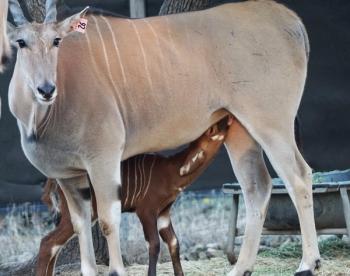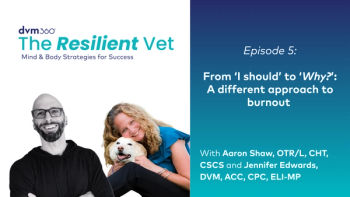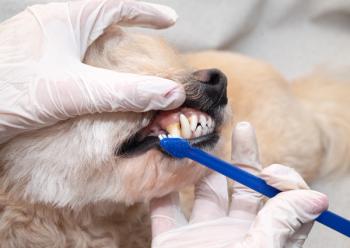
AVMA 2018: Treating Zoonotic Diseases - Can Vets and MDs Unite?
A One Health expert explains why—and how—physicians and veterinarians need to join forces to improve management of zoonotic diseases in people and animals.
According to Audrey Ruple, PhD, DVM, MS, DACVPM, MRCVS, “we’re standing across a chasm and no one is doing anything to take the first step.” Dr. Ruple, from Purdue University College of Veterinary Medicine in West Lafayette, Indiana, presented a lecture at the 2018 American Veterinary Medical Association Convention on what physicians know about zoonotic diseases.
RELATED:
- The One Health Framework Can Be Used to Identify Zoonotic Endoparasites
- Global Organizations Join Forces to Address One Health Issues
Studies have shown that people in the community lack knowledge about zoonotic diseases, she said. For example, when members of the general public were
This underscores the need for members community to receive education about zoonotic diseases—in particular, from reliable, professional sources.
Most infectious diseases that occur in people are zoonotic, Dr. Ruple said, and more than 50% of US homes have a pet. Additionally, people with injuries related to animal exposures are commonly treated in emergency rooms. Yet, despite these facts, data highlight physicians’ general lack of awareness of zoonotic diseases.
What Physicians (Don’t) Know
In one survey
In contrast, a 2012
The Root of the Problem
Several factors contribute to the shortfall in physicians’ knowledge of zoonotic diseases. Physicians are challenged to diagnose them because they arise uncommonly in people, Dr. Ruple said, and their associated clinical signs are rarely definitive. Confounding the issue is the fact that physicians also inconsistently ask their patients about pet ownership or pet contact.
Overall, the knowledge gap in zoonotic disease management between physicians and veterinarians may even have part of its roots in the process that accredits medical schools and veterinary schools in the United States, Dr. Ruple noted.
For veterinary schools, one
However, no such public health—related standard exists for accreditation of medical schools, Dr. Ruple said.
Adding to physicians’ knowledge gaps in managing zoonotic diseases is a lack of communication about this issue between physicians and veterinarians. This is highlighted by findings from the 2012
Bridging the Gap
To improve management of zoonotic diseases, therefore, Dr. Ruple indicated the need for bridge building between physicians and veterinarians. There are various ways to do this, she said, including by collaborating with physicians on local public health boards, especially because most of these boards reserve a place for a veterinarian. Additionally, veterinarians might also consider starting a journal club with physicians.
These are just a couple of ways in which physicians and veterinarians in the same community can work together to combat zoonotic diseases, Dr. Ruple concluded.
Newsletter
From exam room tips to practice management insights, get trusted veterinary news delivered straight to your inbox—subscribe to dvm360.






